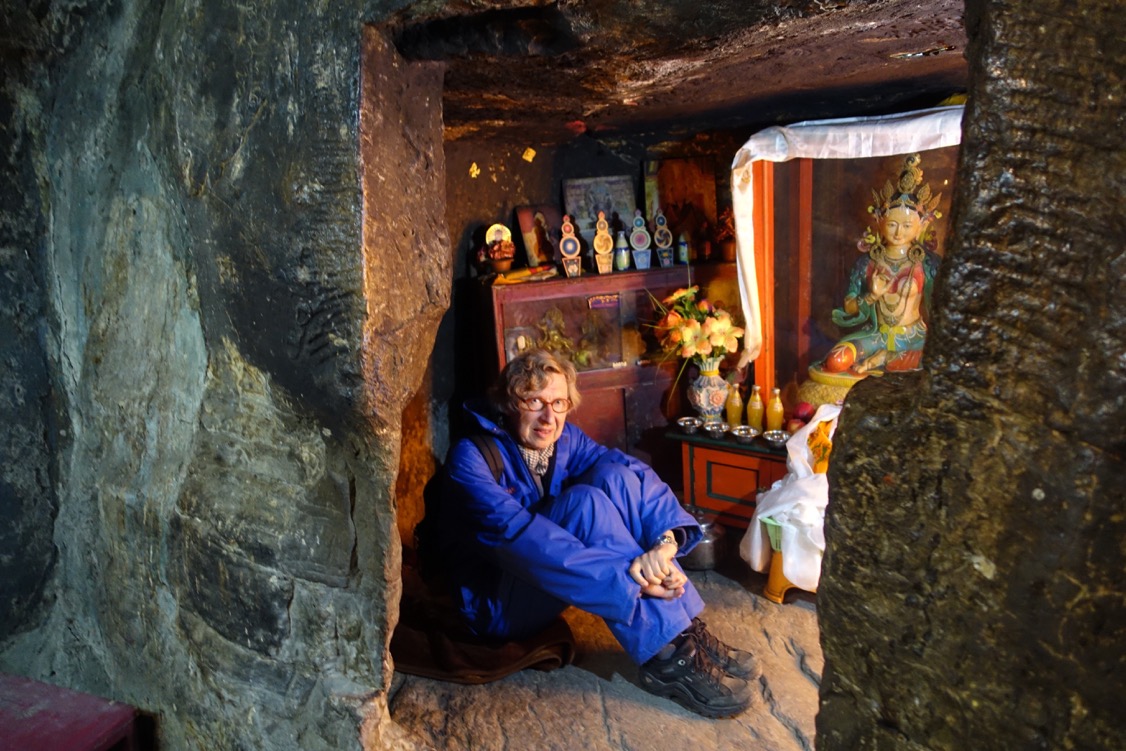Peter Elsass - Interview

Peter Elsass – psychologist, Ph.D., professor, author, film maker, university teacher in health psychology, psychotherapy and cultural psychology. Recently Peter has published several articles, TV documentaries and books on Buddhism and meditation, including the book “Buddhas Veje”.
Spirituality and meditation have become strong trends or cultural factors in the last few decades. I think this is an important development that makes a difference for our chance of living good and meaningful lives in the future. But it doesn’t come without inherent problems and difficulties, and I think a central task for a contemplative folk high school would be shedding light on them. I will focus on two of those.
First, there is the way that mindfulness and meditation gets imported into therapeutic, pedagogical and management projects as if they were therapeutic ready-made solutions for clinical issues and life crises, or perhaps a kind of wellness. But perhaps it is more the case that meditation and spirituality enables us to ask what it really means to be well or be happy. Bringing it to a head, meditation and spirituality may really be enabling us to have more meaningful crises, rather than solve or remove them. If we wish to understand what meditation and spirituality is, we should probably be as concerned with understanding this kind of existential process as we are with documenting how effectively we can reduce various forms of pain or trouble or enhance performance.
…meditation and spirituality may really be enabling us to have more meaningful crises, rather than solving or removing them?
Second, there is the discussion of how one “translates” an entire spiritual practice and its meaning from one culture to another – and the kinds of frameworks and contexts it is transplanted into. For instance, I am very interested in the ways mindfulness is “colored” through alliances with cognitive psychology. Would it look different – and open other possibilities – if it had been humanistic psychology or psychoanalysis that was the framework and dialogue partner?
In my own work, I have mainly been engaging with these things in a cultural-anthropological way. In an important sense this is a second-hand perspective – not in the sense of indifference of absolute objectivity, but as a certain subjectivity where you can remain interested and attentive to inherent crises and contrasts in the phenomena. An mindful and critical dialogue in this sense is an important contribution that western science can give to spiritual practices inspired by the east. Perhaps as important as documenting clinical effectiveness.
This kind of scientific reflection is what I would like to contribute to the folk high school experiment at Gomde, as best as I can. I will approach it and unfold it though concrete examples from my clinical experience as well as from interviews with lamas, monks, nuns, and mindfulness teachers.

